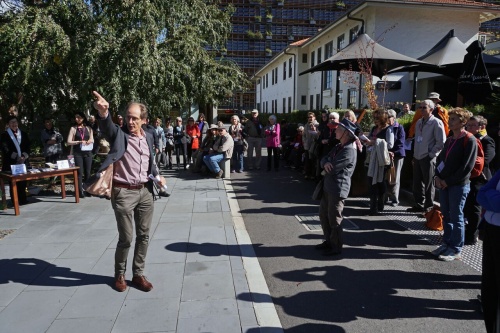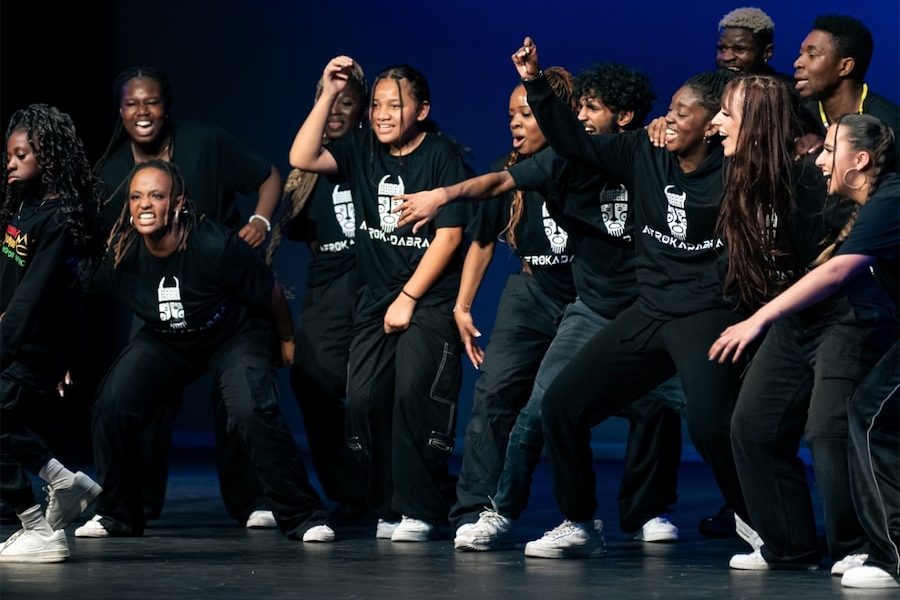YESTERDAY’S Sounds on Site concert, Nishi Sequenza, presented seven extraordinary contemporary pieces each in their own venue.

Nishi Sequenza paid hommage to Luciano Berio’s explorations of extended performance techniques in his Sequenzas for solo instruments. Alice Giles gave an impressive presentation of Sequenza II for harp, maintaining clearly defined dynamic layers inside a highly pointillistic texture. Giles combined muted and resounding tones, sotto voce and exclamation, to great effect, revealing her mastery of extended harp techniques.
Berio’s Sequenza XIII for accordion was equally impressive. James Crabb drew melancholy and questioning tones from the accordion over long phrases, often building to tremolando cadences then falling away.
The Sequenzas written for Berio’s wife Cathy Berberian are among the most difficult vocal works of the 20th century. The gestural vocalise Sequenza III per voce femminile, was given a stunning performance by Anna Fraser on the staircase of the Nishi building. Paper designs by Benja Harney were held up during structural pauses, creating the effect of a Bauhaus miniature. Fraser’s warm lyric soprano voice easily navigated explosive phrases of accented acciaccatura, ornamentation and coloratura. Her intonation was always utterly flawless.
Cellist Paolo Bonomini continued the Sequenza theme with his performance of a solo work by Dallapiccola, one of Berio’s teachers and a notable influence on his work. Ciaccona, intermezzo e adagio is one of Dallapiccola’s most serious pieces. It features virtuosic double and triple stopped textures, col legno battutto passages and a complex 12-tone construction. Bonomini’s expressive and sensitive playing was complemented by the setting – the interior of the Nishi gallery and, through its windows, an autumn vista of surrounding gardens.

But it was Tambuco’s presentation of Thierry De Mey’s Musique de table that really captured the audience’s imagination. Using only their fingers and one of Max Brenner’s table tops, Tambuco presented a veritable ballet for fingers. Xenakis-like rhythmic figures, complicated hemiolas and cross-rhythms were performed effortlessly and with great theatrical effect – sweeping the table top with the backs of their hands, or with fingertips or nails, all perfectly coordinated.
The Nishi Sequenza concert, or collection of seven miniature concerts, was a delightful experience. If this kind of courageous and intelligent programming indicates the future direction of Canberra International Music Festival then the music community should be very pleased.
Who can be trusted?
In a world of spin and confusion, there’s never been a more important time to support independent journalism in Canberra.
If you trust our work online and want to enforce the power of independent voices, I invite you to make a small contribution.
Every dollar of support is invested back into our journalism to help keep citynews.com.au strong and free.
Thank you,
Ian Meikle, editor




Leave a Reply